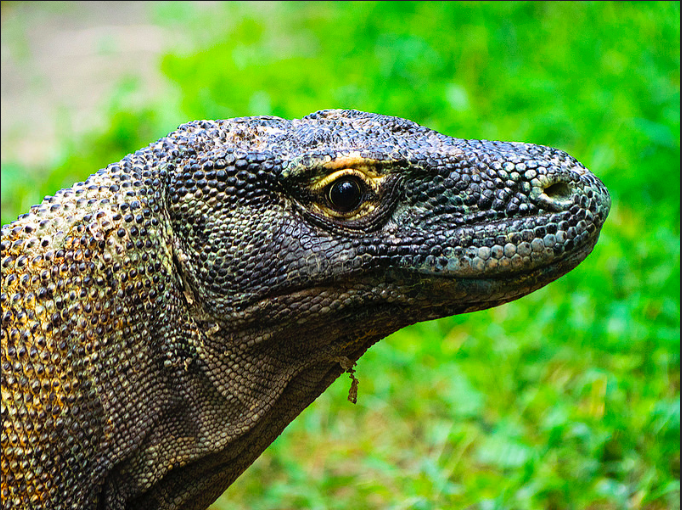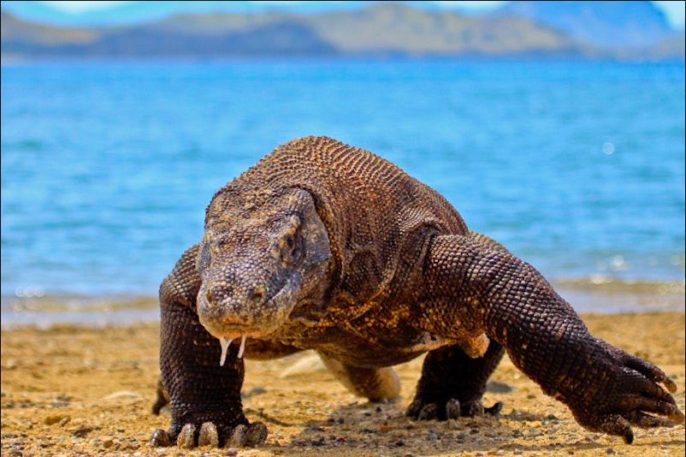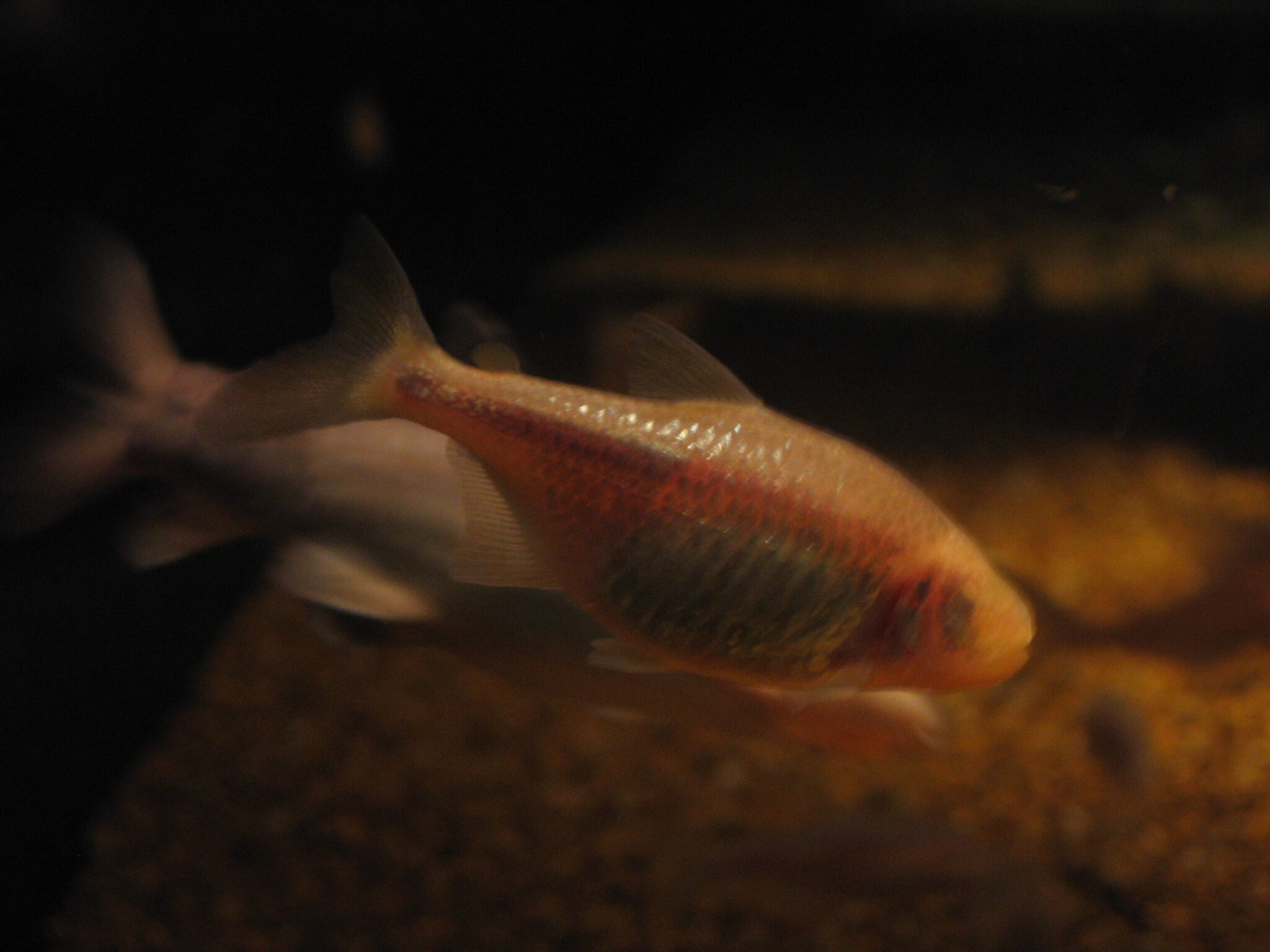By Katherine Lindemann
In light of growing concerns about antibiotic resistance, the search is on for alternatives to existing antibiotics. Peptides, small protein-like molecules that sometimes have antimicrobial properties, are one promising avenue. In a new study, researchers modeled a synthetic peptide after one that occurs naturally in the blood of Komodo dragons, protecting the reptiles from infection. They found that it helped heal infected wounds in mice. The peptide, called DRGN-1, works by increasing the permeability of bacterial membranes. It also promotes the migration of skin cells to the wound, helping promote healing even if there is no infection. Monique van Hoek, a microbiologist at the National Center for Biodefense and Infectious Diseases, tells us more about the research.
ResearchGate: What is this peptide modeled after?
Monique van Hoek: DRGN-1 was designed based on a naturally occurring Komodo dragon peptide, identified in a previously published study in which we looked for antimicrobial peptides in Komodo dragons’ blood. We used only a small amount of blood in our discovery process. The DRGN-1 peptide is made by chemical synthesis, not purified from the blood itself.
RG: What can DRGN-1 do?
Van Hoek: This peptide is able to kill bacteria, reduce biofilm from a wound, and promote wound healing.
Post about it!: New synthetic molecule to heal infected wounds provides a potential alternative to existing antibiotics.
RG: Why did you focus on Komodo dragons in your search for antimicrobial peptides?

Van Hoek: Komodo dragons represent an evolutionarily ancient organism that is very successful, having lived on the planet for millions of years. We hypothesized that they would have robust innate immunity, part of which is composed of antimicrobial peptides. Dr. Kent Vliet and the St. Augustine Alligator Farm and Zoological Park kindly provided a Komodo dragon blood sample for us to study. We wanted to identify Komodo peptides that could be a platform for further development into potential treatments, as we have shown in this paper for DGRN-1.
RG: What applications do you foresee for DGRN-1?
Van Hoek: New antibiotics such as DRGN-1 peptide are needed because of the increasing resistance of bacteria to the currently available antibiotics. The multi-pronged effects of the DRGN-1 peptide are ideally suited for treating wounds infected with more than one bacteria. The DRNG-1 peptide is active against bacteria with different cell wall structures that are infecting the wound. The peptide is also able to help the host close the wound faster. Thus it can also potentially be used on uninfected wounds.
RG: What’s next for your research?
Van Hoek: We are currently developing DRGN-1 for formulation and stability, getting ready for possible preclinical testing. We are looking at both veterinary and human applications. We are also studying additional promising peptides from the Komodo dragon.
Republished in full from ResearchGate.
Featured image: The Komodo dragon. Photo by Adhi Rachdian




